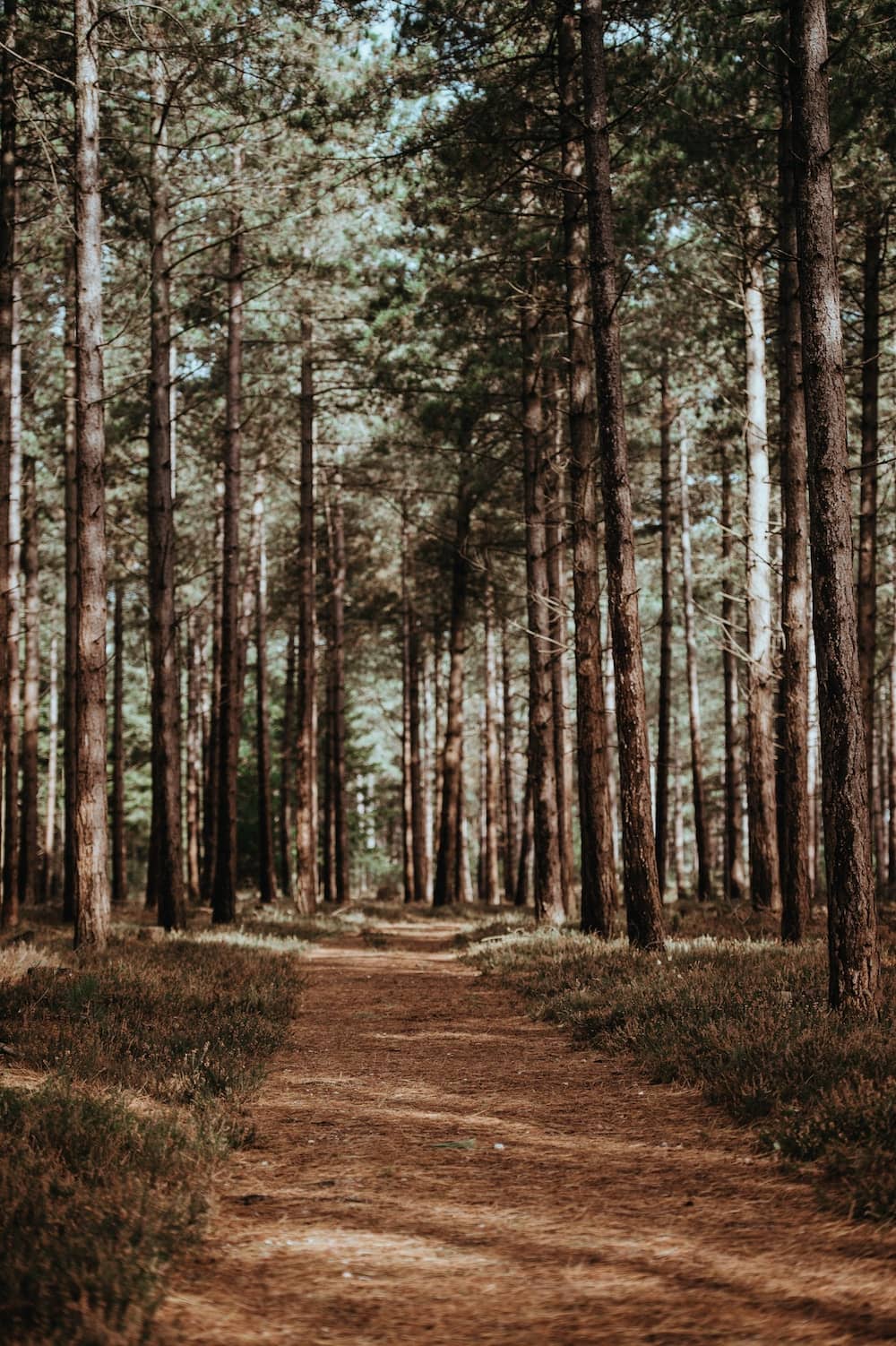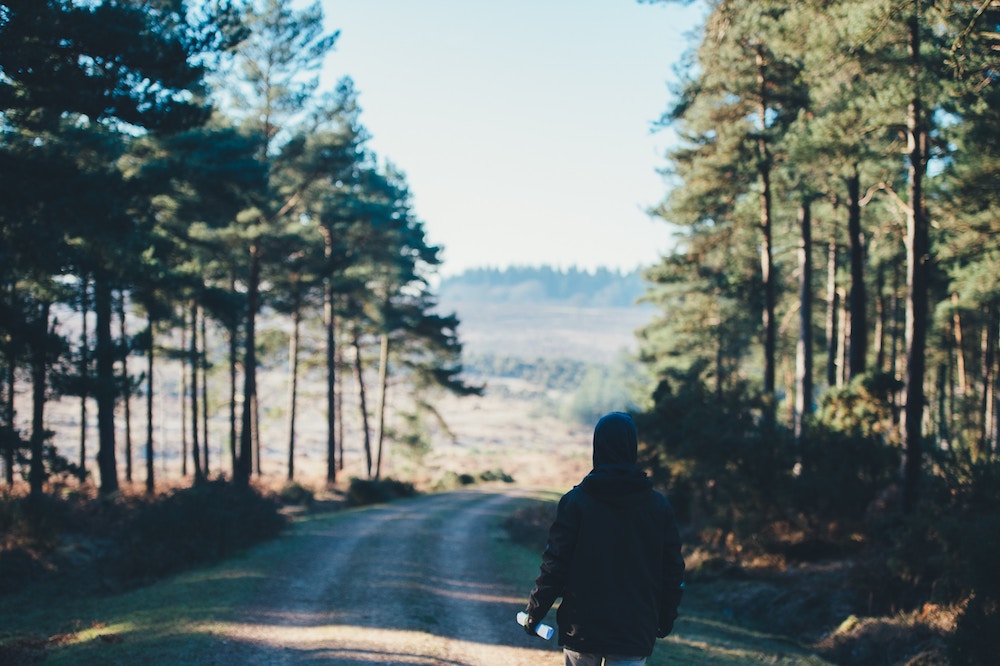The physical and mental benefits of ‘forest bathing’ and reconnecting with nature are endless. But how do you introduce more outdoor appreciation into your life when your calendar is already bursting? Sarah Ivens, author of Forest Therapy: Seasonal Ways to Embrace Nature for a Happier You is here to help you start seeing the wood for the trees
The best motivation to start taking regular walks in the woods will come from knowing just how good it is for you. The innumerable benefits of forest therapy are, research proves, in part down to various essential oils, called phytoncides, emitted in this landscape – airborne chemicals with antibacterial and antifungal qualities that plants and trees exude to protect themselves from germs and insects.

What we now know is that phytoncides aren’t just looking after themselves. Forest air doesn’t just feel fresher and better for us, it actually is. Inhaling forest air, fortified with these phytoncides, appears to improve the immune system function of humans, too.
These tree-produced chemicals are so powerful that our bodies increase the number and activity of natural white blood cells – the cells we need to kill tumours and viruses in the body – when we breathe them in.
And it’s not just the phytoncides that help – simply gawping at the beauty of a forest reduces stress, anxiety and depression, too. A study from the Scandinavian Journal of Forest Research found that students who camped in a forest for two days returned with significantly lower levels of cortisol – the stress hormone – than those who had stayed in the city.
Researchers at Environmental Health and Preventative Medicine had similar results, noting that both cortisol levels and heart rate decreased for people spending time away from a city environment and in a place of forest therapy.
So how do you begin, and how do you get the most out of the experience?
1. Check the weather
Prepare for all eventualities. Soggy shoes, sunburn, or goose-bumped skin will spoil your enjoyment of the aromas and sensations you discover. Plan ahead by taking relevant weather gear in your backpack. It’s always a good idea to carry drinking water and a snack, too.
2. Drain your brain
If there’s anything that can’t wait on your to-do list, get it done before you head into nature or it might distract you and suck up your mental energy. Clear your brain’s inbox before you head into the green scene.

3. Stay connected
Although hardcore tree bathers advise against taking a phone, for safety reasons, I suggest you might want to – just be stern with yourself and leave it in a pocket. No checking your emails or Facebook – and even taking photos should be kept to an absolute minimum. Selfies can be shelved.
4. Forest bathing is not fierce
Once you arrive, remind yourself that you are not here to hike or race. You are here to breathe and restore a sense of peace within yourself, your relationship, or your family. Set an alarm if you need to be somewhere at a certain time. If not, let Father Time take a backseat to Mother Nature.
5. Find a friend – not a forest foe!
If you’re walking with a friend, agree to be silent and share observations at the end. Shush is necessary. Choose your fellow forest-bather carefully. Silent walks won’t be possible with children, but you can set a “60-second silence” challenge, adding time as they get used to it. If you are taking this walk alone, observe all usual safety precautions.
6. Step by step
Tread ahead at your own pace. Listen to your body and let your feet guide you. What are you gravitating towards? Breathe steadily. Fill up on those phytoncides.

7. Take a seat
Find a good spot and go into a restful state. Let thoughts pop in and out without allowing anything to linger or niggle. Check out the big things – ancient trees, the sky above – then focus on the small, like a leaf, or a stone. Breathe deeply. Feel the tree tincture flow through your body.
8. Homework
Away from the woods, look back on the experience and feel for lasting effects. Were there any? What was your favourite part? Was it worth it? Would you like to do it again? Congratulations. You’re officially a forest bather.
‘Forest Therapy’ by Sarah Ivens is out now (£12.99, Piatkus). Sarah is the Editor of ‘OK! Magazine’ in New York, and is a certified life coach. Follow her on Twitter @SarahIvens


Comments